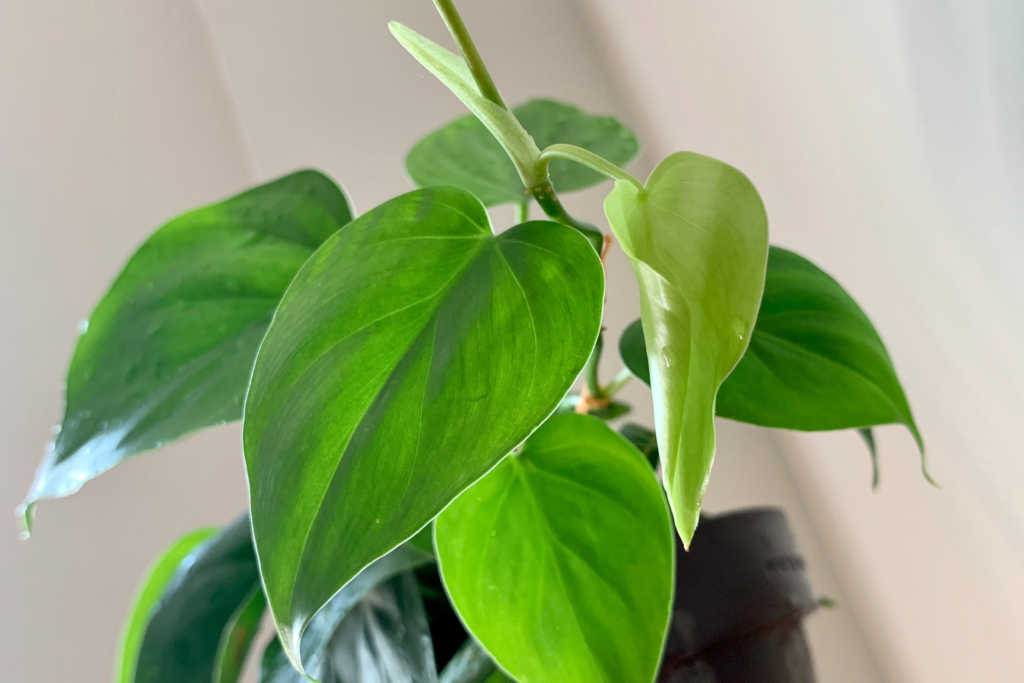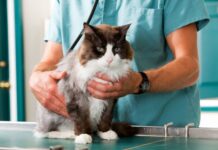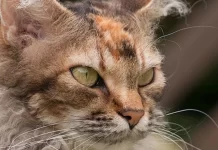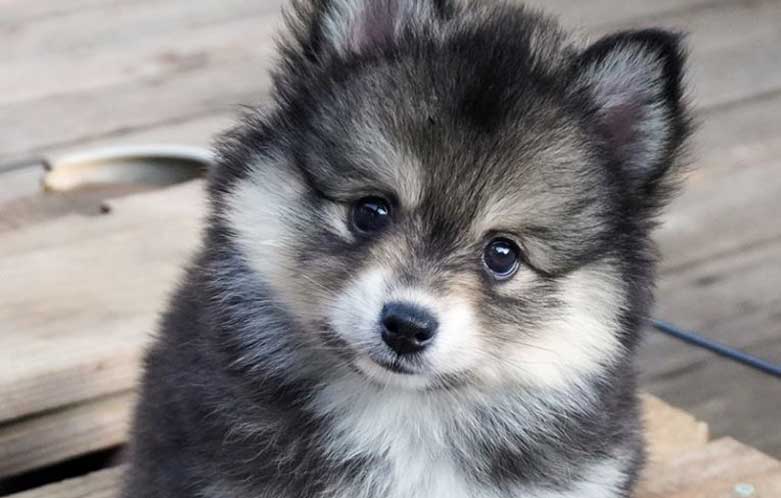Last Updated on September 15, 2023 by Fumipets
Are Philodendron Toxic To Cats? What You Need To Know!
Yes, Philodendron plants are toxic to cats. The toxic components in these plants are calcium oxalate crystals. If a cat ingests any part of the Philodendron plant, it can lead to various symptoms, including oral irritation, drooling, swelling and redness of the mouth and tongue, difficulty swallowing, vomiting, and diarrhea. In more severe cases, ingestion of Philodendron can result in serious health issues for cats.
It’s crucial for pet owners to be aware of the potential toxicity of Philodendron plants and take precautions to keep them out of reach of their feline companions. If a cat is suspected of ingesting Philodendron or exhibits any concerning symptoms, it’s advisable to seek immediate veterinary care. Treatment may include supportive care to alleviate symptoms and prevent further complications.
Are Philodendron Toxic To Cats?
Most cat owners begin cat-proofing their homes when they obtain a new cat by putting cleaning supplies and chemicals out of the reach of the animal. We will also verify the safety of goods like diffusers and essential oils before bringing them into the home with cats, although houseplants are one category where we are less diligent.
Even though some of the green plants and flowers we keep in pots on the mantlepiece in the living room may be quite harmful to our pets, many cats like munching on them. Philodendron is one such plant that is poisonous to cats. In this post, you will discover everything there is to know about philodendrons and cats.
Philodendron and Cats
More than 400 species of plants belong to the philodendron genus, including the well-known Swiss cheese plant. Crystals of calcium oxalate are seen in the leaves of philodendrons. When consumed, these crystals irritate the mouth as well as the lining of the stomach and intestines.
Fortunately, the issue will seldom be worse than a painful stomach, however it might result in watery eyes if your cat develops crystals in its eyes. A wet mouth, vomiting, and bleeding from the mouth are indications that your cat may have nibbled on your philodendron.
Even though it seldom necessitates veterinary care, you should keep an eye on the signs and contact your veterinarian if they do worsen. A moderate chicken broth or tuna water may be fed instead. These fluids will remove the crystals from your cat’s mouth and make your cat feel less uncomfortable as a result of them.

5 Other Plants That Are Toxic to Cats
Philodendrons are just one indoor plant that your cat may experience pain from or worse due to, according to reports, their mild to moderate toxicity. The following are five other common houseplants that you should keep your cat away from:
1. Lilies
It’s well knowledge that lilies might be harmful to cats. In fact, they are regarded as being very dangerous and may be lethal if consumed. All lilies, including Easter and peace lilies, should not be kept inside. If your cat does consume one, symptoms include nausea, vomiting, and diarrhea. Kidney damage and organ failure are also possible, in addition to lack of appetite.
2. Cannabis
Cannabis poisoning is a widespread issue in all pets, albeit it affects dogs more often than other animals. The plants contain delta-nine tetrahydrocannabinol, which may induce seizures and respiratory issues as well as tremors and lack of coordination. Your cat may go into a coma in severe circumstances.
3. Ivy
Although, unlike cannabis and lilies, ivy is at least only regarded as highly hazardous, cats should still avoid eating it. However, ingesting still has the potential to cause nausea, diarrhoea, foaming at the mouth, and swelling of the face and facial features. If your cat exhibits these symptoms, it may have eaten an ivy plant that is found outside in many gardens and on building walls.
4. Rubber Tree
Another somewhat hazardous plant that makes cats throw up and have diarrhea is the rubber tree plant. Depression may result from ingestion, whereas skin irritation may result from touch.
5. Aloe Vera
In addition to being often maintained inside, aloe vera is said to provide several advantages for human health. The same is not true for cats and dogs, which if they consume the leaves, might experience symptoms including vomiting, diarrhea, tremors, and even anorexia.
Are Philodendron Toxic To Cats?
Cats cannot tolerate many indoor plants, including philodendrons. Although they are not thought to be as deadly as plants like lilies or cannabis, they may nonetheless upset the stomach and irritate the tongue. Give your cat yogurt to relieve the symptoms and tuna water to flush out any crystals if your cat consumes any of these plants.
Frequently Asked Questions
Are Philodendron plants toxic to cats?
Yes, Philodendron plants are toxic to cats. They contain calcium oxalate crystals that can cause various symptoms if ingested.
What are the symptoms of Philodendron poisoning in cats?
Symptoms may include oral irritation, drooling, swelling of the mouth and tongue, difficulty swallowing, vomiting, and diarrhea.
How can I protect my cat from Philodendron poisoning?
Keep Philodendron plants out of reach, consider choosing non-toxic plants, and monitor your cat’s behavior around houseplants.
What should I do if my cat has ingested Philodendron?
Contact your veterinarian immediately. They can provide guidance based on your cat’s specific situation.
Are there safe alternatives to Philodendron for cat-friendly households?
Yes, there are many cat-friendly plants such as spider plants, Boston ferns, and certain types of palms that are non-toxic to cats.
Please remember that this information is general and it’s important to consult a veterinarian for specific advice regarding your cat’s health and well-being.


















